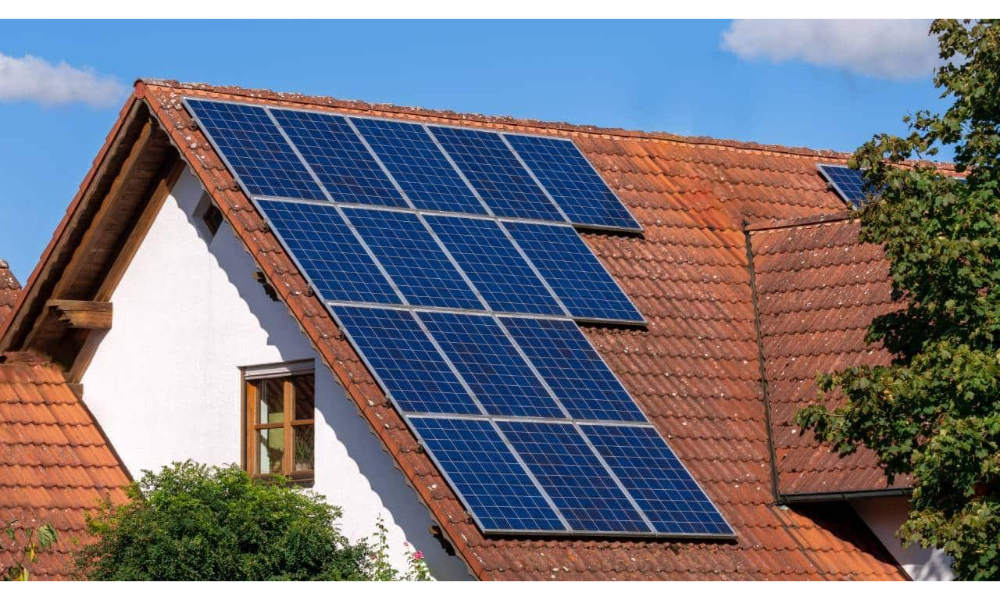A fire alarm system is an interconnected network of electronic devices designed to detect and alert occupants to the presence of fire or other emergencies. Over time, these systems have evolved significantly, incorporating advanced technologies to improve safety, reliability, and response times. This guide explores the essential components, functionality, and maintenance of fire alarm systems to help you better understand this vital safety technology.
A Brief History of Fire Alarm Systems
Fire alarm systems have come a long way since the first automatic alarm was patented in the late 19th century. Early designs focused on basic detection methods, but innovations such as heat and smoke detection systems soon followed. By the 1960s, battery-powered smoke alarms became widely available, and building codes began requiring their installation in homes and commercial properties. Since then, continued advancements have led to the sophisticated, integrated systems we rely on today.
How Fire Alarm Systems Work
The main purpose of a fire alarm system is to detect a fire and quickly alert both building occupants and emergency responders. Modern systems are monitored and controlled from a central panel that identifies the origin of an alarm and checks for any faults that could prevent proper operation.
When the system detects smoke, heat, or other indicators of a fire, it activates notification devices such as alarms, lights, and speakers to warn people in the building. It can also interact with other systems, such as HVAC units, sprinklers, and building automation, to contain the fire and facilitate a safe evacuation.
Fire alarm systems perform four key functions:
- Detection: Sensing smoke, heat, or flame.
- Notification: Alerting occupants through sound, light, or voice messages
- Monitoring: Continuously checking system performance and fault conditions.
- Controlling: Activating safety measures like shutting down ventilation or recalling elevators.
Components of a Fire Alarm System
A typical fire alarm system includes the following components:
- Fire alarm control panel
- Initiation devices (e.g., detectors and switches)
- Manual pull stations
- Smoke and heat detectors
- Beam and duct detectors
- Notification devices (e.g., strobes and horns)
- Communication modules or dialers
- Power supplies
Each part plays a specific role in the system’s operation. Below is a closer look at how they work.
1. Fire Alarm Control Panel
Often called the system’s “brain,” the control panel receives signals from detectors and pull stations and triggers appropriate responses—such as activating alarms, recalling elevators, or notifying monitoring centers. It may also shut down ventilation systems to prevent the spread of smoke.
2. Initiation Devices
Initiation devices detect fire-related activity and send alerts to the control panel. These include smoke detectors, heat detectors, duct and beam detectors, air sampling systems, water flow switches, and tamper switches.
3. Manual Pull Stations
Manual pull stations allow individuals to trigger an alarm manually when they see smoke or fire. They provide immediate activation, allowing for faster evacuation and emergency response.
4. Smoke Detectors
Smoke detectors identify the presence of smoke using either ionization sensors (which detect small smoke particles) or photoelectric sensors (which sense light scattering caused by smoke).
5. Duct Detectors
These detectors are placed in HVAC ducts and shut down the system if smoke is detected, preventing smoke from circulating throughout the building.
6. Heat Detectors
Heat detectors respond to increases in temperature. They can be rate-of-rise detectors, which activate when temperature rises quickly, or fixed-temperature detectors, which respond once a set temperature is reached.
7. Beam Detectors
Beam detectors project a light beam across a space, activating an alarm when smoke obstructs the beam. They are ideal for large, open spaces like warehouses and auditoriums.
8. Air Sampling Detectors
These highly sensitive systems draw in air samples through tubes to detect small changes in air composition, allowing them to identify smoke or combustion particles at an early stage.
9. Water Flow and Tamper Switches
Water flow switches detect water movement in sprinkler systems, signaling when sprinklers are active. Tamper switches ensure that sprinkler valves remain open; if a valve is closed, they alert maintenance personnel.
10. Notification Devices
These include audible devices (like sirens and horns), visual devices (like strobes), and combination strobes/horns that provide both sound and light alerts to prompt evacuation.
11. Dialers and Communicators
Dialers or communicators automatically contact monitoring centers through phone lines, radio signals, or the internet, ensuring emergency services are notified immediately after an alarm is triggered.
12. NAC Power Supplies
Notification devices require substantial power. NAC (Notification Appliance Circuit) power supplies ensure that sufficient energy reaches alarms, strobes, and other output devices throughout the building.
Integration With Other Building Systems

Modern fire alarm systems often integrate with other life safety and building management technologies. They can connect with systems such as sprinklers, power controls, HVAC, lighting, door locks, and security systems. Integration improves safety, reduces costs, and streamlines emergency response procedures.
Examples of integrated functions include:
- Activating extinguishing systems and sprinklers
- Controlling HVAC fans and dampers
- Unlocking exit doors
- Managing smoke control systems
- Sending mass notifications
Inspection and Maintenance Requirements
Regular inspection, testing, and maintenance are vital for ensuring fire alarm systems operate correctly. The recommended inspection schedule includes:
- Weekly: Control panels and power supply checks
- Monthly: Battery inspections
- Semiannual: Detector checks
- Annual: Full system inspection and testing
Testing should verify all alarm, trouble, and supervisory signals. Batteries, sensors, and control equipment should be examined according to manufacturer guidelines and local regulations.
Routine maintenance helps detect and resolve issues before they cause system failures. Proper upkeep also ensures compliance with fire codes and enhances the reliability of the system during emergencies.
Conclusion
Fire alarm systems are the cornerstone of building safety, providing early detection and swift alerts that can save lives and reduce property damage. Understanding how they function—and keeping them properly maintained—ensures that they perform reliably when every second counts.
As technology advances, modern fire alarm systems continue to integrate more seamlessly with other life safety systems, offering improved protection and operational efficiency. Investing in a high-quality fire alarm system and following proper inspection and maintenance schedules will provide your organization with lasting safety, security, and peace of mind.




